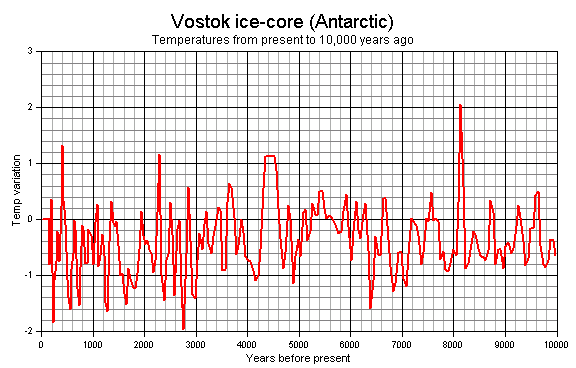Billy_Bob
Diamond Member
- Thread starter
- #301
1. The cause of warming and cooling is still at a point of great distention. All climate modeling fails to this day, illustrating how badly (poorly) we understand the system. Every single model to date has to be retrained every three years due to diverging from reality (FAILING)..LOLStill waiting for you to find a period in the last 10,000 years where global temperatures increased faster than they are at present AS YOU CLAIMED.
Way to go retard.. Once again your so clueless that your incapable of even simple facts..
You never said, Billy, do objects at equilibrium stop emitting?
Does matter stop emitting when warmer matter is nearby?
Sure they do.. Only when they reach equilibrium do they cool at the same rate.
This has nothing to do with Cricks claims.. HE is trying to say today's warming is the fastest ev'a, but he has no scientific basis to make that claim. Spatial resolution of all proxy data is 250 years. Crick is incapable of proving today's rate is faster because he has noting to compare it to in empirical evidence. When you place today's warming in the same spatial resolution as the rest of the record we are warming at just 1/10 the rate of know long term trends.. He has NOTHING..
We have evidence of the planet's past climate. We can see variances in temperatures & can compare it to the time frames involved. This provides a idea of how fast this occurred.
We may not have daily temperature readings but to say we have no clue is false.,
Ice cores, tree rings, fossils, ancient histories all provide information.
The sun provides the heat. Greenhouse gases trap that heat. These are facts.
2.The resolution of your proxies is 150-250 year data point plots. Thus you do not posses the data to make these claims.
I find it amusing when you make these claims and have no evidence to support your assumptions. If we place today's warming into the the proper resolution of the rest of the proxies, the current warming trend is nonexistent, showing how insignificant and within natural variation it is.

